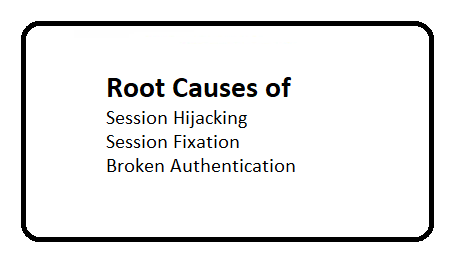Question: What is sensitive data exposure?
Sensitive data exposure happen when an application OR company exposes users's personal data that might be result of no-encryption, weak encryption, software flaws or upload data to public by mistake.
Question: Example of Attack Scenarios?
- Someone upload the company data in Facebook/twitter etc by mistake
- Transfer of data through HTTP/FTP/SMTP without encryption
- Storing the credit card numbers, health records, personal information (email/phone) storing in database without encryption
- Encrypting the data with weak cryptographic algorithms or default algorithms
- Reuse of cryptographic algorithms OR hash
- Is encryption not enforced, e.g. are any user agent (browser) security directives or headers missing
- User agent (e.g. app, mail client) not verifying the certificate when received request.
Question: How to Prevent sensitive data exposure?
- Identify which data is sensitive according to privacy laws, regulatory requirements, or business needs
- Apply controls as per the classification.
- Don’t store sensitive data unnecessarily
- Make sure to encrypt all sensitive data at rest.
- Ensure up-to-date and strong standard algorithms, protocols, and keys are in place; use proper key management.
- Encrypt all data in transit with secure protocols such as TLS
- Disable caching for response that contain sensitive data
- Store passwords using strong adaptive and salted hashing functions.
- Verify independently the effectiveness of configuration and settings
Question: Give few popular data breach in history?
- Sony PlayStation Network: 77 million records compromised in 2010
- Sony Online Entertainment: 24.6 million records compromised in 2011
- Evernote: 50 million records compromised in 2013
- Living Social: 50 million records compromised in 2013
- Target: 70 million records compromised in 2013
- eBay: 145 million records compromised in 2014
- Home Depot: 56 million records compromised in 2014
- JP Morgan Chase: 76 million records compromised in 2014
- Anthem: 80 million records compromised in 2015
- Yahoo: One billion records compromised in 2016
- Deep Root Analytics: 198 million voter records in 2017

